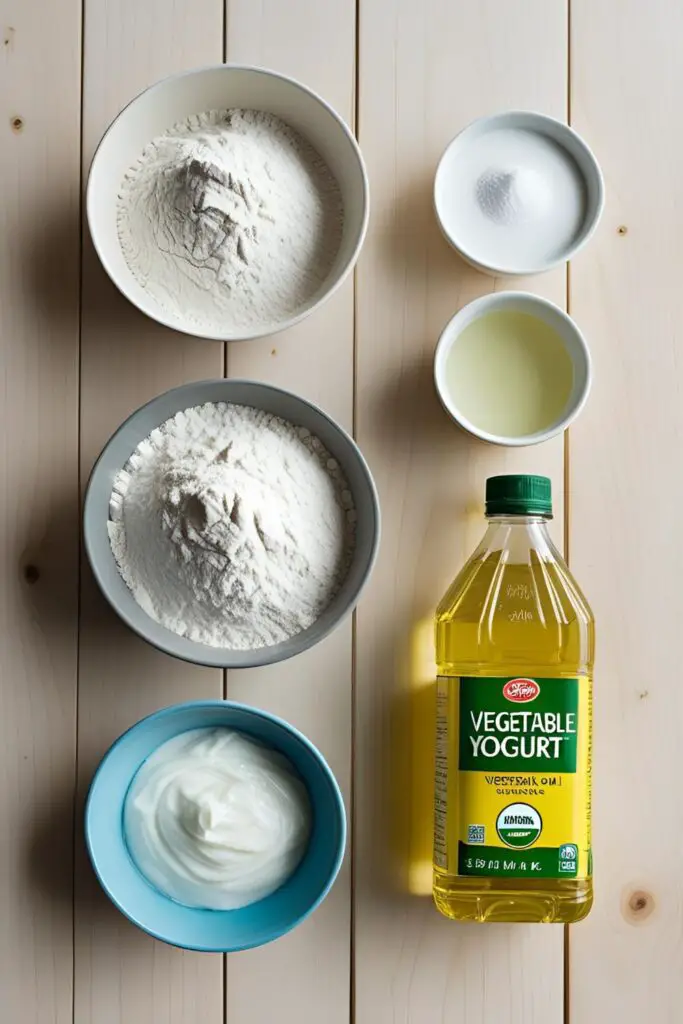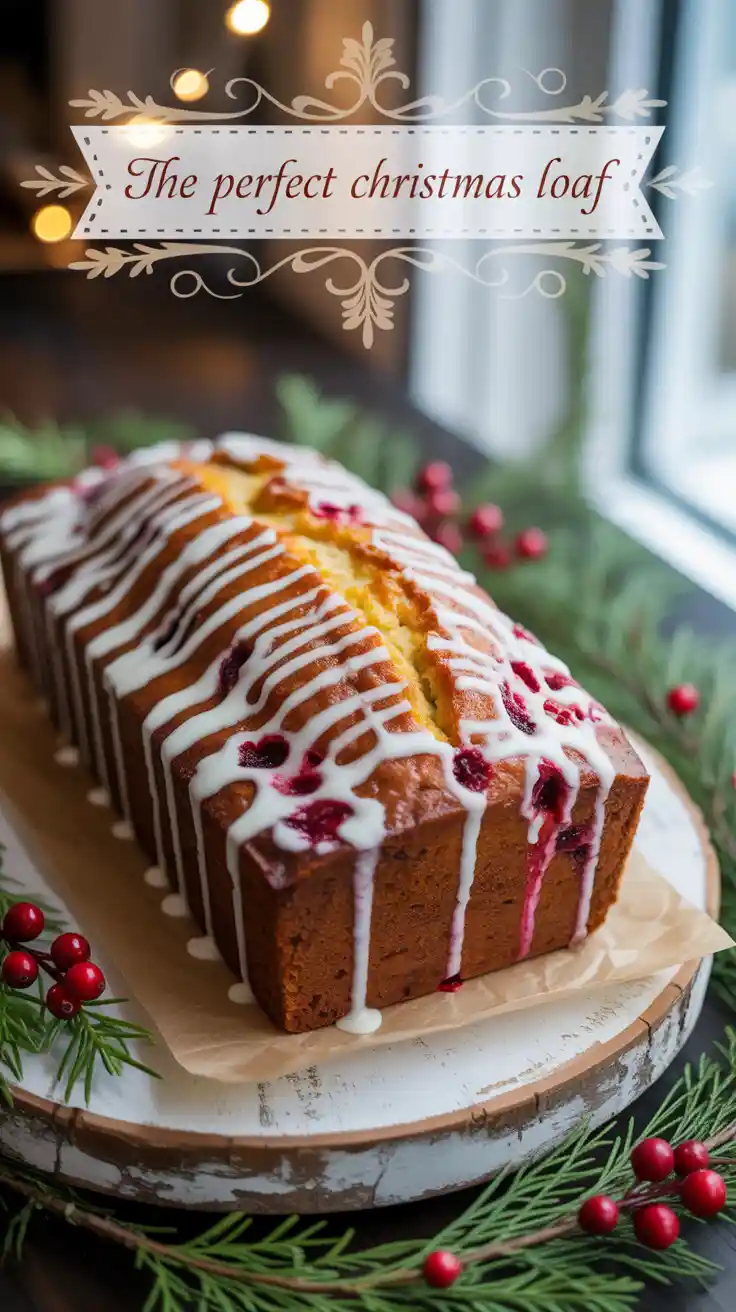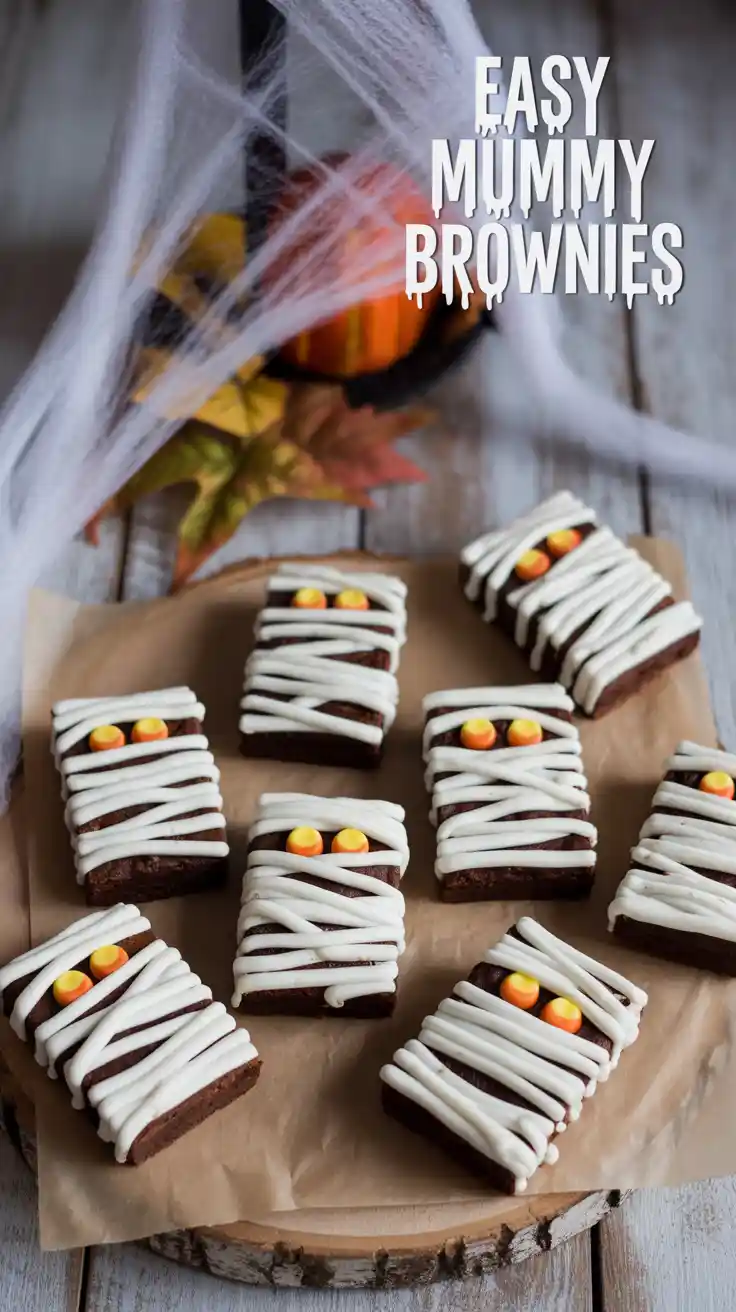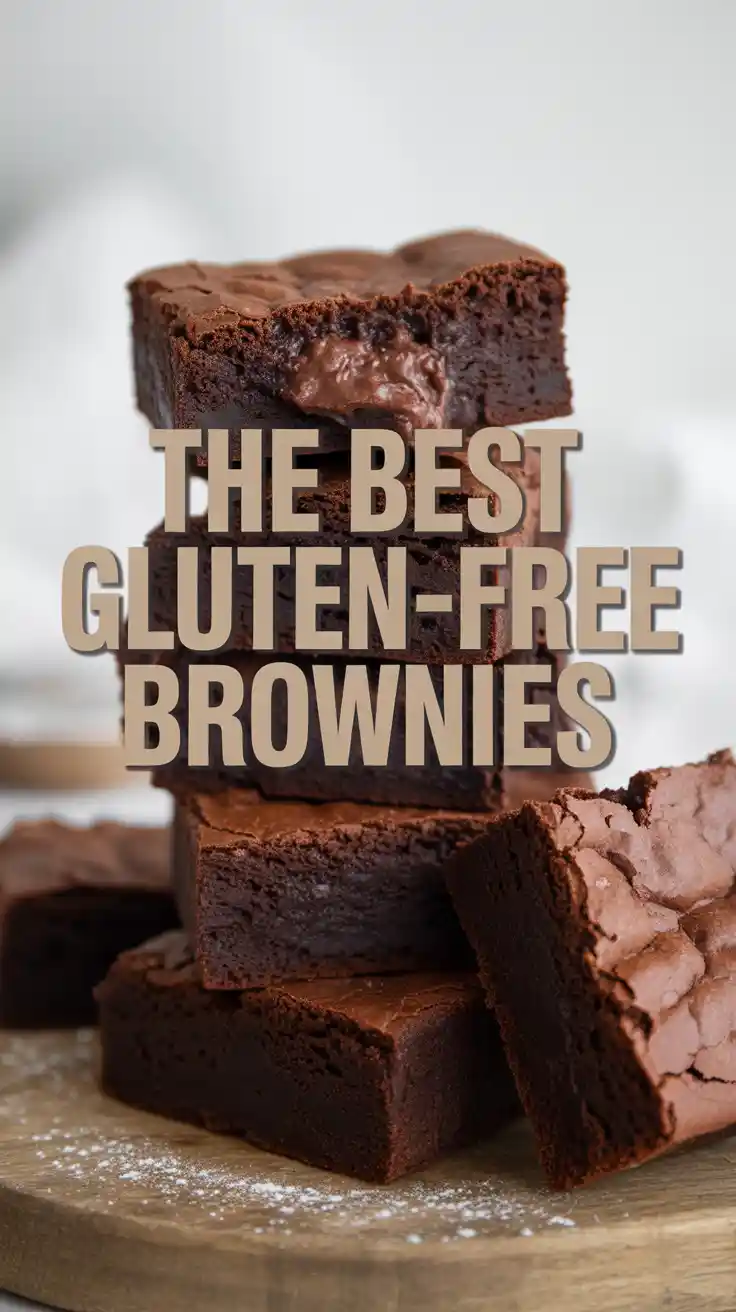The Best Moist Eggless Cake Recipe (You Won’t Miss the Eggs!)
Picture the scene. You’ve got a sudden, undeniable urge to bake a cake. You pull out the flour, the sugar, the butter. Your mixer is ready for action. You reach into the refrigerator for the final, crucial ingredient, and you are met with… an empty egg carton. The horror. The betrayal. A wave of despair washes over you as your cake dreams crumble.
Or maybe you’re just baking for a friend with an egg allergy, or you’ve chosen a plant-based lifestyle. Whatever the reason, I’m here to tell you that an empty egg carton is not a baking emergency; it’s an opportunity. Today, we are going to make the most tender, moist, and ridiculously delicious eggless cake recipe you’ve ever had. This cake isn’t just “good for an eggless cake”—it’s just plain good.
Why This Recipe Is Basically Kitchen Magic
So, what makes this cake so special? Why should you trust a cake recipe that brazenly defies the sacred laws of baking?
First, it is unbelievably soft and moist. We’re using a couple of secret weapons (hello, yogurt and oil!) that create a crumb so tender and plush, you might actually prefer it to its eggy counterparts. This cake stays moist for days, assuming it even lasts that long.
Second, it’s a brilliant back-pocket recipe. Ran out of eggs? No problem. Baking for a crowd with unknown allergies? This cake is your new best friend. It’s an inclusive, welcoming dessert that ensures almost everyone can have a slice. It’s the Switzerland of cakes.
Finally, the science is just plain cool. You get to watch simple pantry staples create a powerful chemical reaction that does all the work of an egg—providing lift, moisture, and structure. It’s like a delicious middle school science experiment, and you get to eat the results.
The (Surprisingly Normal) Ingredients List
You don’t need any weird, hard-to-find egg replacers for this recipe. Everything you need is likely already in your kitchen.
- All-Purpose Flour: 11/2 cups.
- Granulated Sugar: 1 cup.
- Baking Powder: 1 teaspoon.
- Baking Soda: 1/2 teaspoon.
- Salt: 1/2 teaspoon.
- Full-Fat Plain Yogurt: 1/2 cup, at room temperature. This is a superstar ingredient, providing moisture, fat, and a slight tang.
- Vegetable Oil (or any neutral oil): 1/2 cup. This is the key to a super moist cake that never dries out.
- Milk: 1/2 cup, at room temperature.
- White Vinegar: 1 tablespoon. Don’t worry, you absolutely will not taste it! Its only job is to react with the baking soda to create a beautiful lift.
- Pure Vanilla Extract: 2 teaspoons. For that classic, warm vanilla flavor.
A Note on Temperature (Again!): Yes, I’m going to say it. Using room temperature wet ingredients, especially the yogurt and milk, is super important. They will combine more smoothly and evenly into the batter, which results in a more uniform and tender crumb.
The Simple Toolkit You’ll Need
This is a refreshingly low-maintenance cake. No fancy equipment required.
- An 8-inch Round or Square Cake Pan: This is the perfect size for this recipe.
- Two Mixing Bowls: One for your dry ingredients and one for your wet.
- A Whisk: For perfectly combining your ingredients without over-mixing.
- A Rubber Spatula: For scraping the bowl and getting every last bit of batter into the pan.
- Parchment Paper: To ensure your beautiful cake doesn’t get stuck.
Step-by-Step: Your Guide to Egg-Free Glory
This is a “dump and stir” method, which means it comes together incredibly fast. Read the steps first, because once you start, you’ll want to move quickly!
Step 1: Prep Your Oven and Pan Preheat your oven to 350∘F (175∘C). Grease your 8-inch cake pan thoroughly, line the bottom with parchment paper, and then grease the parchment paper as well. This guarantees a clean release.
Step 2: The Dry Ingredient Huddle In a large bowl, add all of your dry ingredients: the flour, sugar, baking powder, baking soda, and salt. Use your whisk to mix them together for about 30 seconds. This is called “sifting with a whisk” and it ensures everything is evenly distributed.
Step 3: The Wet Ingredient Party In a separate medium bowl, add all of your wet ingredients: the room-temperature yogurt, oil, milk, vanilla extract, and the white vinegar. Whisk them together until the mixture is smooth and uniform.
Step 4: Combine and Conquer (But Gently!) Pour the entire bowl of wet ingredients into the bowl of dry ingredients. Now, using your whisk, mix the batter until it is just combined. You will see some small lumps, and that is perfectly okay. Do not, under any circumstances, over-mix this batter. The moment you stop seeing streaks of dry flour, your job is done.
Step 5: Into the Oven, ASAP! Immediately pour the batter into your prepared cake pan and spread it into an even layer. The chemical reaction between the vinegar and baking soda has already started. You need to get the cake into the hot oven right away to capture all that rising power. Bake for 30-35 minutes, or until a toothpick inserted into the center comes out clean.
Step 6: Cool It Down Let the cake cool in the pan on a wire rack for about 15-20 minutes. Then, run a knife around the edges and carefully invert the cake onto the rack to cool completely before frosting.
Calories & Nutritional Info (For the Curious)
This cake is a delightful treat, perfect for any occasion. Here’s a rough idea of what you’re looking at.
- Estimated Calories: Around 300-350 kcal per slice (for 1/8th of the cake, unfrosted).
- A Tender Treat: While it’s a dessert, the use of yogurt adds a bit of protein that you wouldn’t find in some other cake recipes.
- Allergy-Friendly: This cake is naturally egg-free and can easily be made nut-free depending on your oil and milk choices.
Common Eggless Baking Blunders (And How to Avoid Them)
Eggless baking is easy, but it has a few strict rules. Break them at your own peril.
- The Dense, Gummy Disaster. This is the most common issue, and it’s almost always caused by over-mixing the batter. I know it’s tempting to whisk until it’s perfectly smooth, but you’ll be developing the flour’s gluten, resulting in a tough, chewy cake. Embrace the lumps. Mix until just combined and then WALK AWAY.
- The Sad, Flat Cake. If your cake didn’t rise, it’s likely one of two things: your baking soda/powder is old and has lost its power, or you let the batter sit on the counter for too long before baking. That vinegar-soda reaction is immediate and fleeting. You have to get the cake in the oven right away to harness its energy.
- The “I Can Taste the Vinegar” Myth. If you can taste the vinegar, you either added way too much (measure carefully!) or you didn’t mix the wet ingredients together thoroughly before adding them to the dry. When properly incorporated, the chemical reaction neutralizes the vinegar flavor completely.
Variations & Customizations (The Fun Zone)
This simple vanilla cake is the perfect base for all sorts of flavor adventures.
- The Best Eggless Chocolate Cake: This is an easy swap. Reduce the flour to 11/4 cups and add 1/2 cup of unsweetened cocoa powder to the dry ingredients. You now have a rich, moist chocolate cake.
- Zesty Eggless Lemon Cake: Add the zest of two lemons to the sugar and rub it together with your fingers before mixing. Replace the vanilla extract with lemon extract or fresh lemon juice. This cake is incredible with a simple powdered sugar glaze.
- Cozy Eggless Spice Cake: Add 1 teaspoon of ground cinnamon, 1/2 teaspoon of ground ginger, and 1/4 teaspoon of ground nutmeg to your dry ingredients. It’s the perfect cake for a cool autumn day.
Your Burning Eggless Cake Questions, Answered
Let’s clear up some of the mysteries of baking without eggs.
Why is there vinegar in this cake recipe? Will I taste it?
The vinegar is a mild acid that reacts with the alkaline baking soda. This reaction creates carbon dioxide gas bubbles, which makes the cake rise and become light and fluffy. And no, you absolutely will not taste it once the cake is baked!
Can I use Greek yogurt instead of regular plain yogurt?
Yes, you can. However, Greek yogurt is much thicker. To get the right consistency, you might need to thin it out with an extra tablespoon or two of milk.
My cake didn’t rise properly. What did I do wrong?
The most likely culprits are old leavening agents (baking powder/soda that have expired) or letting the batter sit for too long before baking, which allows the chemical reaction to fizzle out.
How can I make this cake vegan?
Easily! This recipe is already egg-free. Simply use a plant-based yogurt (like almond or coconut yogurt) and a plant-based milk (like oat or soy milk) in place of the dairy versions.
Can I use this recipe to make cupcakes?
Absolutely! This recipe will make about 12 standard-sized cupcakes. Line a muffin tin with paper liners and fill them about two-thirds full. Bake at 350∘F for about 18-22 minutes.
What is the best frosting for an eggless cake?
Anything you like! A classic American buttercream, a simple chocolate ganache, or a tangy cream cheese frosting would all be delicious. Because the cake itself is so moist, it pairs well with almost any topping.
Can I substitute the yogurt with something else?
Yogurt works best for this specific recipe’s texture and chemistry. However, in a pinch, you could try using an equal amount of unsweetened applesauce, though the crumb might be slightly different.
Final Thoughts
You’ve done it. You’ve stared into the void of an empty egg carton and emerged victorious with a beautiful, delicious cake. You have officially unlocked a new baking achievement level: Resourceful Cake Wizard. No egg shortage can stop you now.
So go on, frost that masterpiece. Share it with your friends, especially the ones who think eggless baking is weird. Watch their faces as they take their first bite of this unbelievably tender, moist cake. You are now unstoppable.




